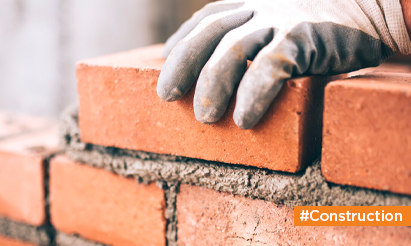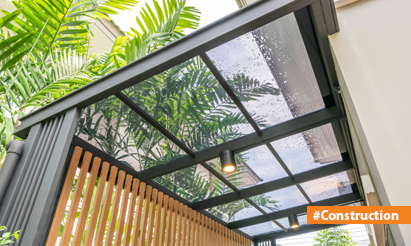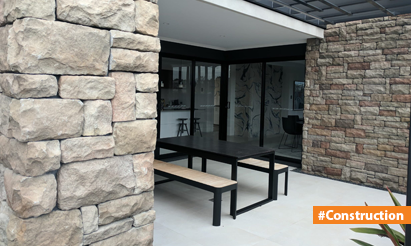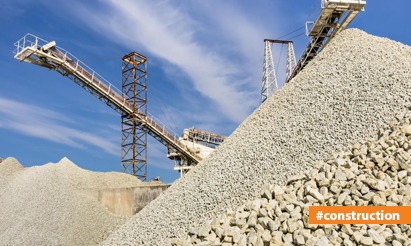High-Density Fibreboard (HDF): A Complete Guide for Indian Climates!
In the world of construction and interior design, materials like plywood and particleboard have long been household names. However, there’s a lesser-known but highly versatile contender in the market – High-Density Fibreboard (HDF). HDF is gaining popularity for its diverse applications, but it’s essential to understand its uses, advantages, disadvantages, and durability, especially in the context of India’s weather conditions.
What is High-Density Fibreboard (HDF)?
High-Density Fibreboard (HDF) is a type of engineered wood product made from wood fibers, wax, and resin that are compressed under high pressure and heat to form dense sheets. These sheets are smooth on both sides, making them suitable for various finishes.
Uses of HDF:
- Furniture: HDF is commonly used in the manufacturing of furniture, including cabinets, tables, and chairs. Its smooth surface allows for easy painting and veneering, providing a polished look to furniture pieces.
- Flooring: HDF is a popular material for laminate flooring due to its durability and ease of installation. It provides a stable base for the laminate layer.
- Doors: HDF doors are a cost-effective alternative to solid wood doors. They offer better resistance to moisture and warping, making them suitable for Indian weather conditions.
- Cabinetry: HDF is used for making kitchen and bathroom cabinets, offering a sleek and uniform appearance when painted or laminated.
- Shelving: It is often used for crafting shelves, both in homes and commercial spaces.
Pros of HDF:
- Affordability: HDF is more budget-friendly than solid wood or plywood, making it an excellent choice for cost-conscious consumers.
- Smooth Surface: HDF has a consistent, smooth surface that is ideal for painting, laminating, or veneering, giving it a polished finish.
- Resistance to Warping: HDF has a high resistance to warping, making it suitable for applications like doors and furniture in India’s humid climate.
- Eco-Friendly: It is made from recycled wood fibers, making it a sustainable choice.
Cons of HDF:
- Not Water-Resistant: HDF is susceptible to moisture damage if not properly sealed. It should not be used in wet areas like bathrooms or outdoor applications.
- Low Screw-Holding Capacity: Compared to plywood, HDF has a lower screw-holding capacity, which may affect its use in load-bearing applications.
- Limited Load Capacity: Due to its density, HDF may not be suitable for heavy-load applications.
Durability in Indian Weather:
HDF can be durable in Indian weather conditions when used appropriately. To enhance its durability:
- Ensure proper sealing and finishing to protect against moisture.
- Avoid exposing HDF to direct sunlight, as it can cause fading and warping.
- Use HDF in indoor applications or in covered outdoor areas, avoiding direct exposure to rain and extreme weather.
In conclusion, High-Density Fibreboard (HDF) is a versatile and cost-effective engineered wood product with various uses in construction and interior design. While it offers advantages like affordability and resistance to warping, it’s essential to consider its limitations, such as moisture sensitivity and load-bearing capacity. When used thoughtfully and with proper maintenance, HDF can provide durability and functionality in Indian weather conditions.
Disclaimer: The views expressed above are for informational purposes only based on industry reports and related news stories. PropertyPistol does not guarantee the accuracy, completeness, or reliability of the information and shall not be held responsible for any action taken based on the published information.




